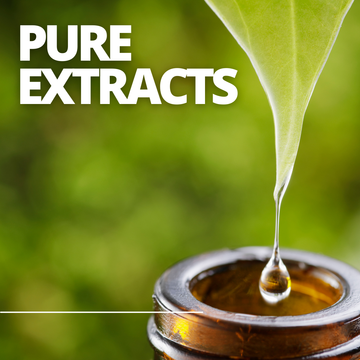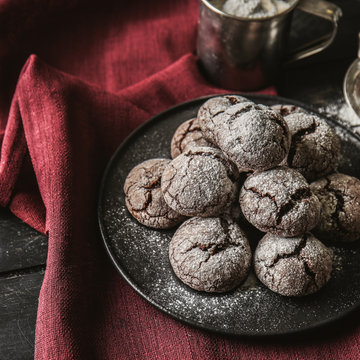Green tea is a type of tea that is made from the leaves of the Camellia sinensis plant, the same plant from which black tea and oolong tea are derived. What sets green tea apart from other types of tea is the minimal oxidation process it undergoes during production. This minimal oxidation helps preserve the natural compounds and antioxidants in the tea leaves, giving green tea its distinct flavor and potential health benefits.
Here's a basic overview of green tea:
-
Processing: Green tea leaves are typically harvested and then quickly heated through steaming or pan-firing to prevent oxidation. This process retains the green color of the leaves and their natural compounds.
-
Types of Green Tea: There are various types of green tea, which can vary in flavor, aroma, and appearance. Some popular varieties include Sencha, Matcha, Gyokuro, and Dragon Well (Longjing).
-
Flavor: Green tea can have a wide range of flavors, from grassy and vegetal to sweet and nutty, depending on the type and the region in which it is grown. The flavor can also be influenced by the steeping time and temperature.
-
Caffeine Content: Green tea contains caffeine, but generally less than black tea or coffee. It can provide a mild caffeine boost without the jitters associated with higher caffeine beverages.
-
Health Benefits: Green tea is known for its potential health benefits. It's rich in antioxidants, particularly catechins, which are believed to have various health-promoting properties. Some potential benefits include improved heart health, weight management, and anti-inflammatory effects.
-
Preparation: To make green tea, you typically use hot (but not boiling) water, usually around 175°F (80°C), and steep the tea leaves for a short period, usually 1-3 minutes. Steeping too long or using water that's too hot can result in a bitter taste.
-
Matcha: Matcha is a special type of green tea where the entire tea leaf is ground into a fine powder. It is whisked into water, and you consume the whole leaf. Matcha is known for its intense flavor and higher concentration of antioxidants.
-
Storage: Green tea is best stored in an airtight container away from heat, light, and moisture to preserve its freshness and flavor.
-
Cultural Significance: Green tea is an integral part of the cultures of several countries, including Japan and China, where it's often associated with traditional tea ceremonies and rituals.
-
Variations: Green tea can also be blended with various ingredients, such as mint or jasmine flowers, to create flavored green teas.
It's important to note that the quality and flavor of green tea can vary greatly depending on factors like the tea's origin, processing methods, and storage conditions. The best way to discover your favorite type of green tea is to try different varieties and preparation methods to find the one that suits your taste.






